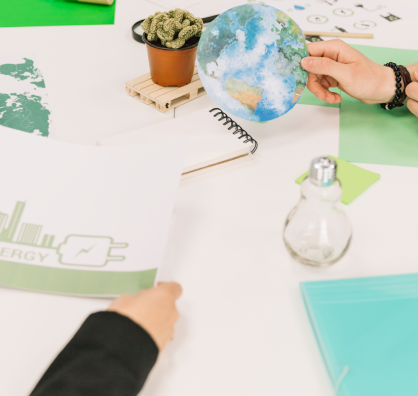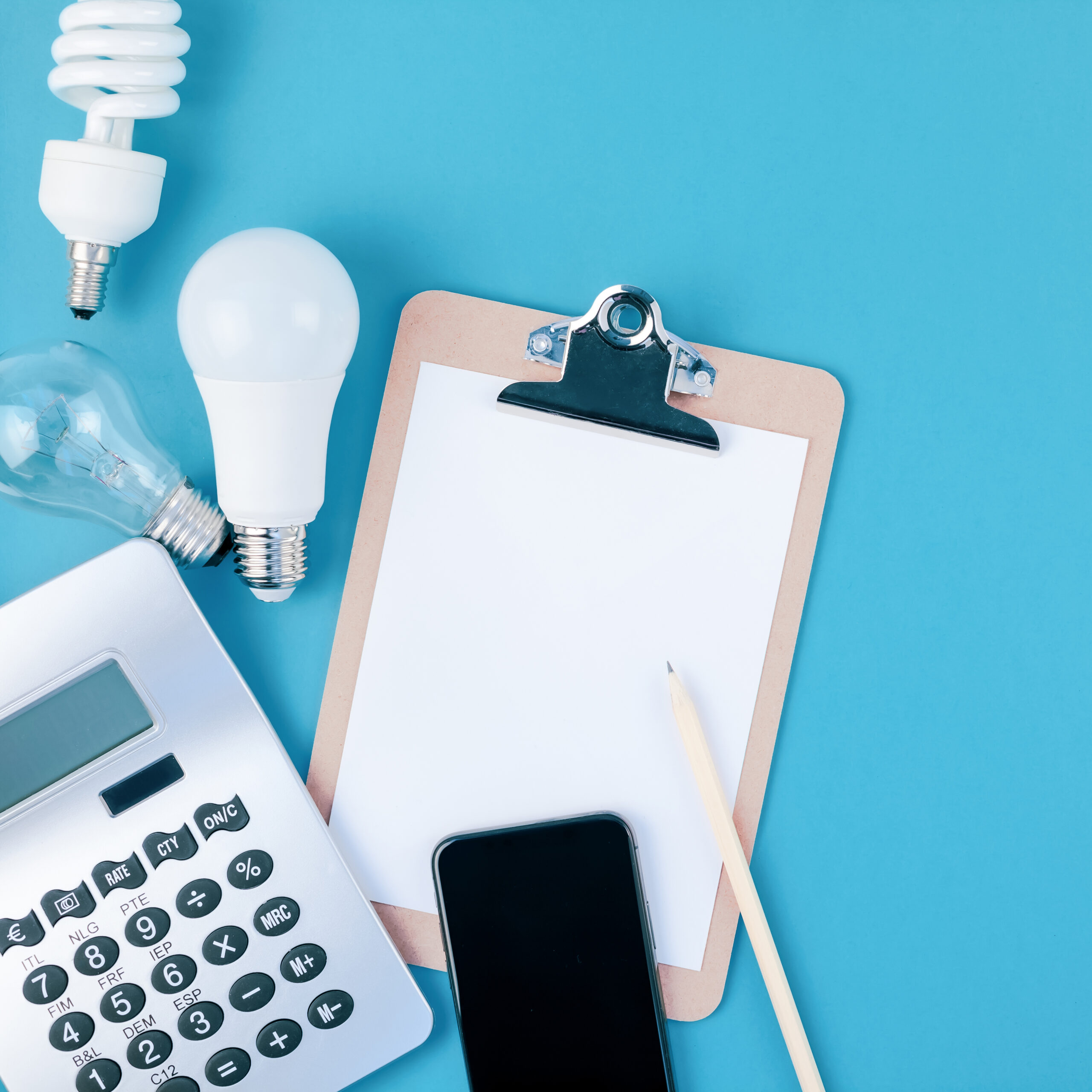[vc_row css=”.vc_custom_1565542682041{margin-right: 0px !important;margin-left: 0px !important;}”][vc_column css=”.vc_custom_1565542696462{padding-right: 0px !important;padding-left: 0px !important;}”][/vc_column][/vc_row][vc_row css=”.vc_custom_1565542751414{margin-right: 0px !important;margin-left: 0px !important;}”][vc_column width=”1/4″][/vc_column][vc_column width=”1/2″ css=”.vc_custom_1565622195563{padding-bottom: 50px !important;}”][vc_column_text el_class=”title-event”][post_title][/vc_column_text][vc_column_text el_class=”date-venue-news”]By Tabita Natasha Wijaya, Muhammad Rizki Kresnawan
[post_date][/vc_column_text][vc_column_text el_class=”text-par-news”]In the international arena, every nation has always been interdependent. Even after attaining the highest level of development, every nation will still have some dependency on other nations to fulfil their interests. Thus, every state must involve in international relations with other countries or other actors in the international system. Being involved in international relations allows nations to cooperate, pool resources, and share information to face global issues beyond any country or region. The sovereign states conduct their international relations and interact with each other through their foreign policies, promoting their national interests in relations with other countries, bilaterally and multilaterally. For this case, foreign policy becomes an essential part of increasing foreign cooperation in the energy sector. Among the foreign policy tools that can be leveraged to support a country in managing the geopolitical consequences of an energy issue, diplomacy becomes an inevitable form of energy policy. Besides a conducive political situation in the country, the role of diplomacy to attract more foreign investor is also essential.
Energy diplomacy is related to foreign relations that aim to ensure the country’s energy security while also promoting business opportunities related to the energy sector. The participation of ASEAN member states (AMS) in the ASEAN Plan of Action and Energy Cooperation (APAEC) itself is a form of energy diplomacy where the member states work collaboratively and cooperate with dialogue partners, international organisations, private sector, and academe to achieve the regional energy targets. Energy diplomacy with foreign investors has a significant role in the middle of tough competition in energy accessibility globally. For example, Singapore does not have the energy supply in their country but doing energy diplomacy such as with the United Arab Emirates resulted in a discussion on ways to enhance bilateral relations and strengthen cooperation in trade, investment, tourism, and food security. Various forms of energy diplomacy, ranging from development assistance and aid to bilateral subsidies and preferential loans, also political support on an international level.
As the world is now transitioning away from fossil fuel, scaling up renewable energy calls for mobilising a massive investment increase. Yet, global investment in renewables has remained far below its potential. By addressing critical risks and barriers, public finance, including investment climate, plays an essential role in bridging the financing gap and attracting further investment from the private sector to renewables. Institutional investors, such as pension funds, insurance companies, endowments and sovereign wealth funds, can scale up to significant investments. Bilateral energy diplomacy can ensure a country’s long-term energy security and economic well-being by fostering foreign relationships with energy suppliers and customers.
Whichever pathway the region takes, meeting Southeast Asia’s energy needs and policy priorities will require higher levels of investment. The need to step up investment is particularly acute in the power sector. According to the Southeast Asia Energy Outlook 2019 from International Energy Agency (IEA), today’s investment levels fall well short of the projected needs in the Stated Policies Scenario. They are more than 50% lower than what would be required in the Sustainable Development Scenario. Mobilising investment requires broad participation from the private sector and the targeted use of public funds. Public sources have thus far played a crucial role in financing thermal power plant projects and large-scale renewables (such as hydropower or geothermal) with sizeable upfront capital needs. When we talk about accelerating national development, securing energy supply, and serving global demand on renewable energy become a must, especially in ASEAN because each AMS has potential resources to develop RE but still can’t be optimised due to some obstacles like geography position and high investment cost. At least three factors can be an obstacle to the investment climate on RE development, such as technology and infrastructure, private sector funding, and unclear regulation or policy regarding RE investment.
ASEAN as a region should enhance its energy diplomacy and cooperation internally because strengthening the diplomacy from the inside could also help share best practices, knowledge, resources, circulation of money, etc. Many things that basically region could explore more to achieve its regional target on RE and Energy Intensity (EI) while also ensuring energy security, accessibility, affordability, and sustainability as stated in APAEC document such as facilitate intra-ASEAN trade for RE, promote enabling mechanisms or policy instruments to accelerate research, development, and demonstration of RE in the region could also be put into consideration.
If we look at Vietnam’s case, Vietnam sets to double the use of RE in the country by the end of this decade and planning to cut carbon emission by 15 per cent during the period. According to the Vietnamese government, RE sources will contribute 15 to 20 per cent of the country’s total energy generation by the end of 2030 and will implement the Paris Agreement commitment. Currently, Vietnam produces around 10 per cent of its energy from renewable sources. Vietnam has great potential to develop RE yet needs to invest more in upgrading the projects.
To enable the continuing implementation of RE, Vietnam established energy cooperation with Sweden. Vietnam and Sweden have a long history in the energy sector. Historically, the focus primarily was on hydroelectric power. Nowadays, the defining issue is to move from fossil fuels dependency to increase the share of RE in the energy mix. In recent times, the two sides focused on promoting technical cooperation, upgrading the power grid, developing the RE market, and mobilising Swedish financial institutions’ credit support for RE projects. Some Swedish companies and export credit agencies offer attractive technical and financing solutions for RE projects in Vietnam.
Strengthening this kind of cooperation will benefit both countries, Vietnam and Sweden, but the lesson learned and best practices could be duplicated to other AMS. In a world where energy demand has been steadily increasing for decades and with many countries aggressively securing international energy sources, ASEAN countries should consider energy diplomacy a critical instrument to boost renewable energy investment through regional foreign policy.
Read more perspective.
Picture by Karsten Würth[/vc_column_text][/vc_column][vc_column width=”1/4″][/vc_column][/vc_row]











